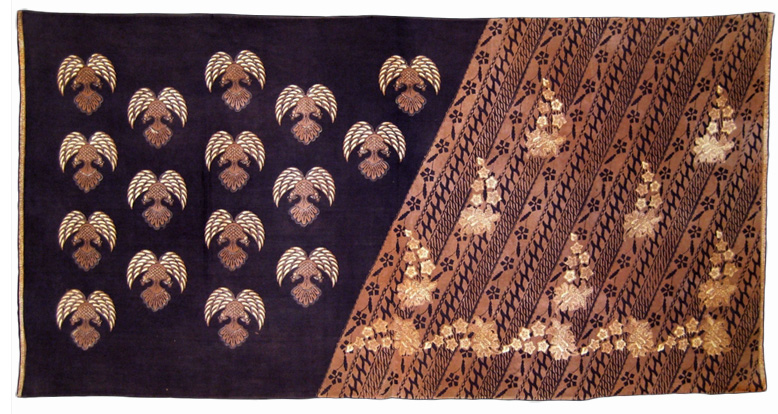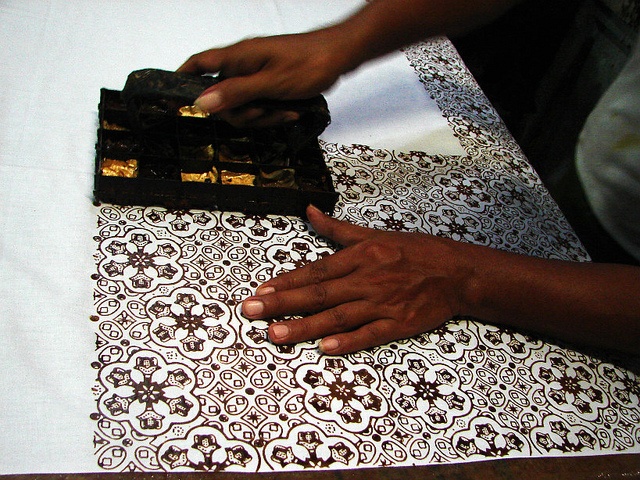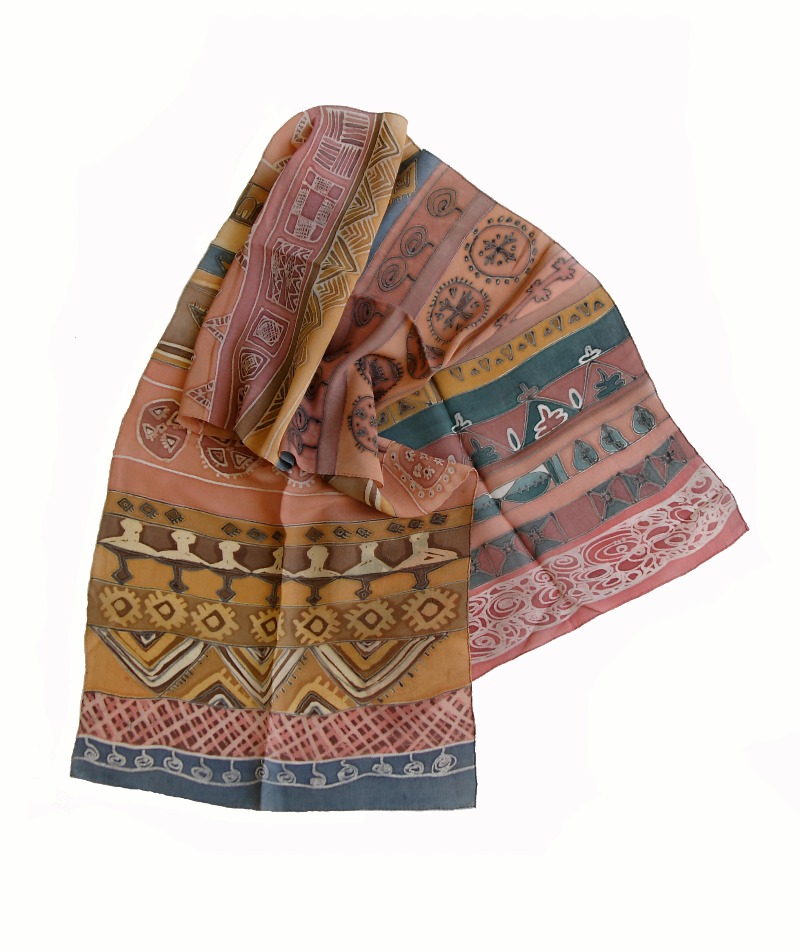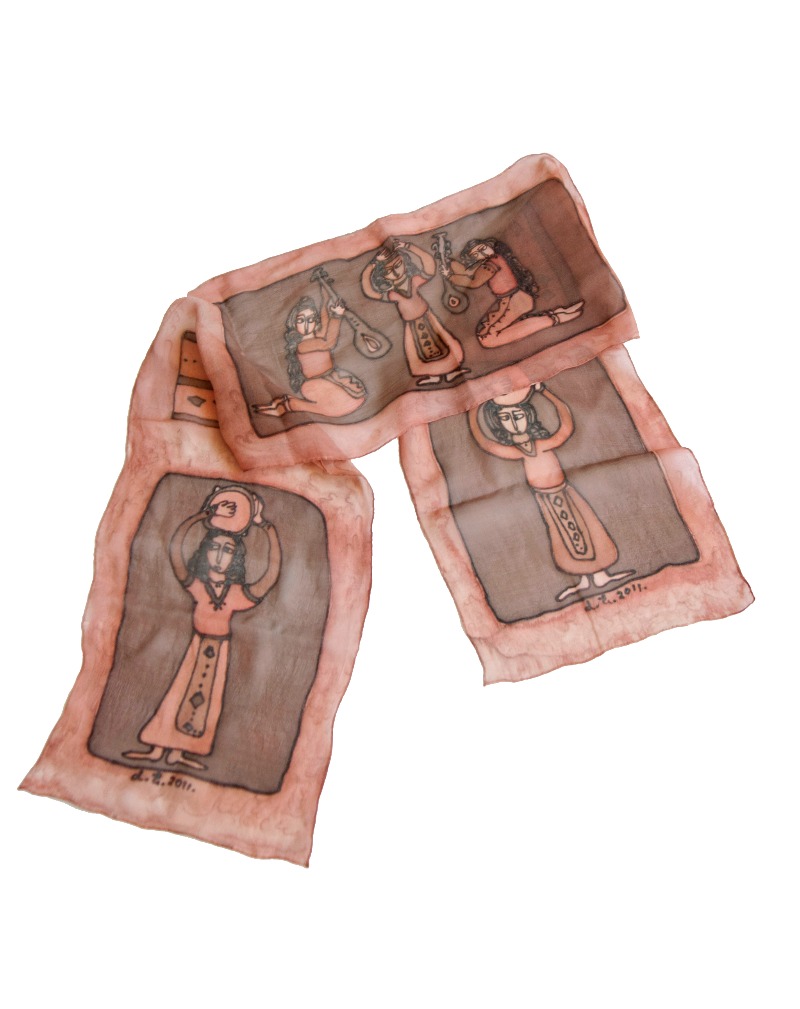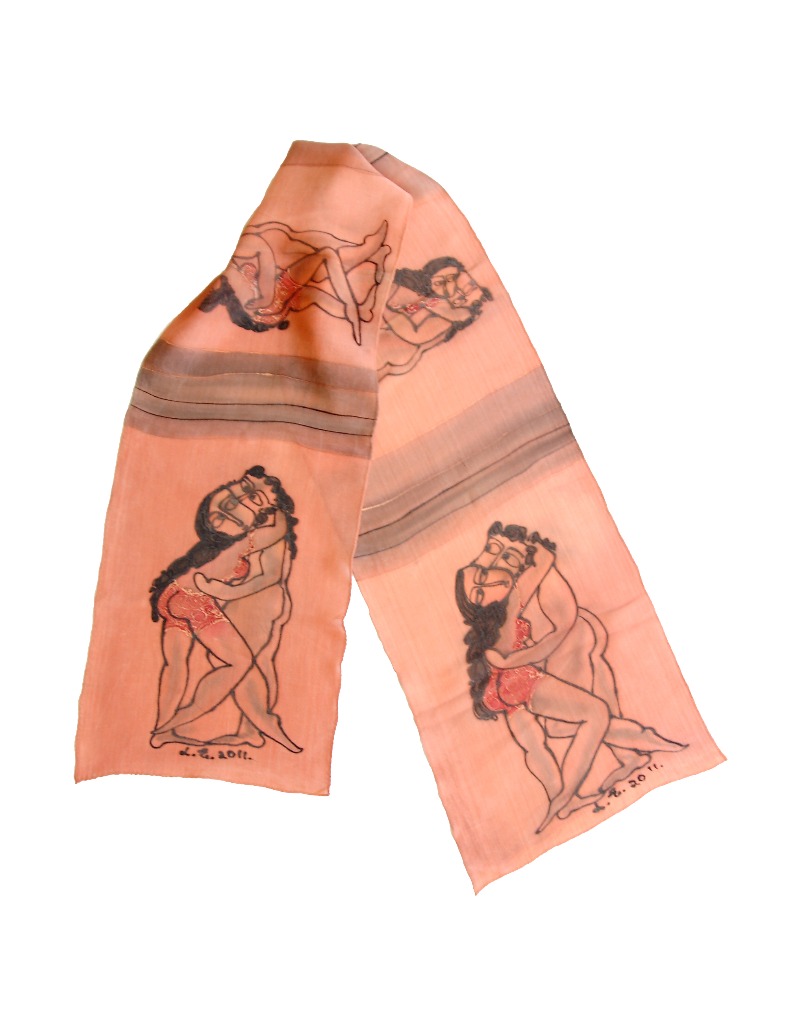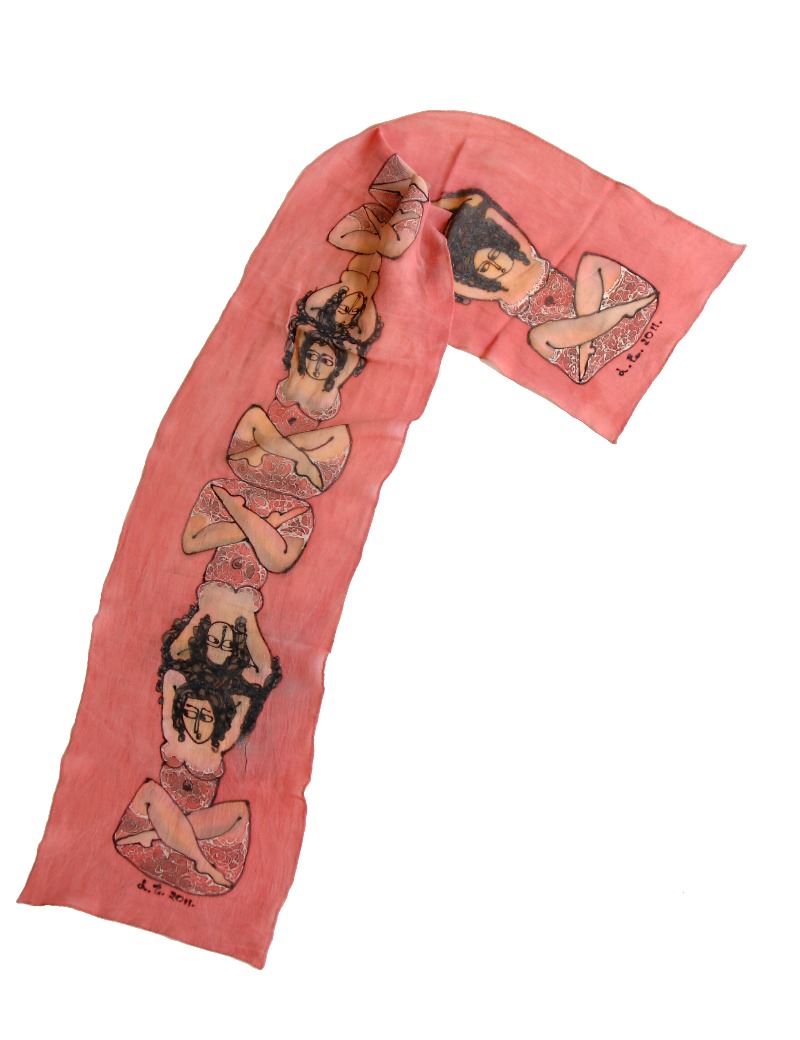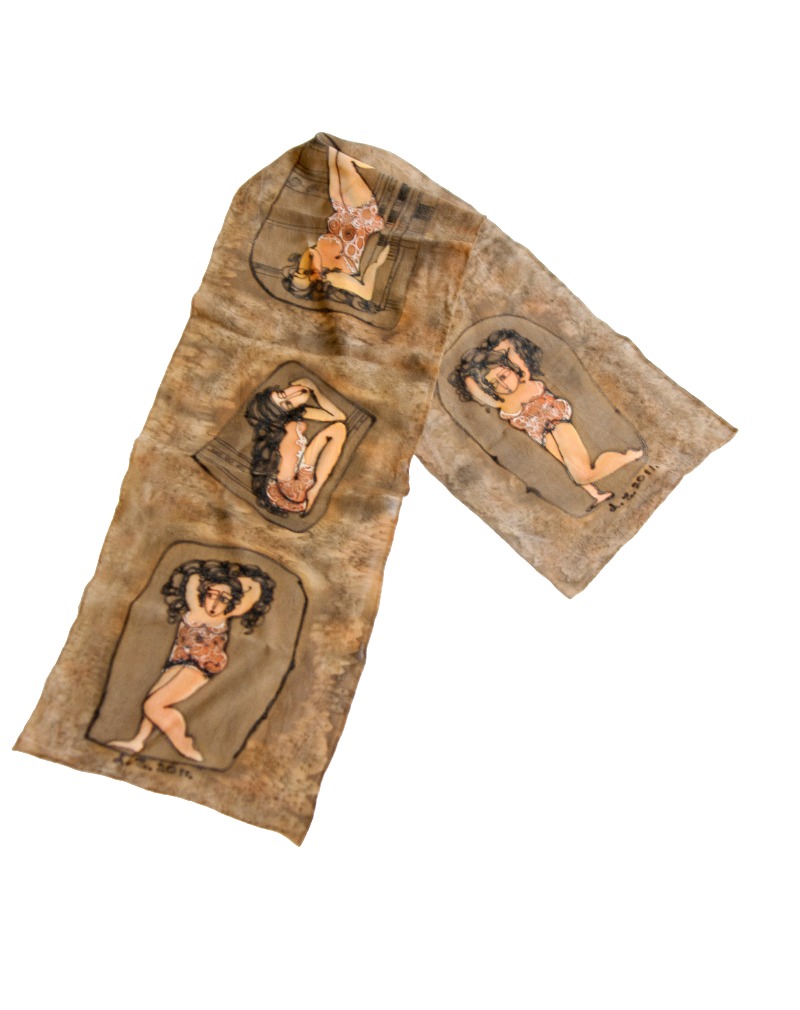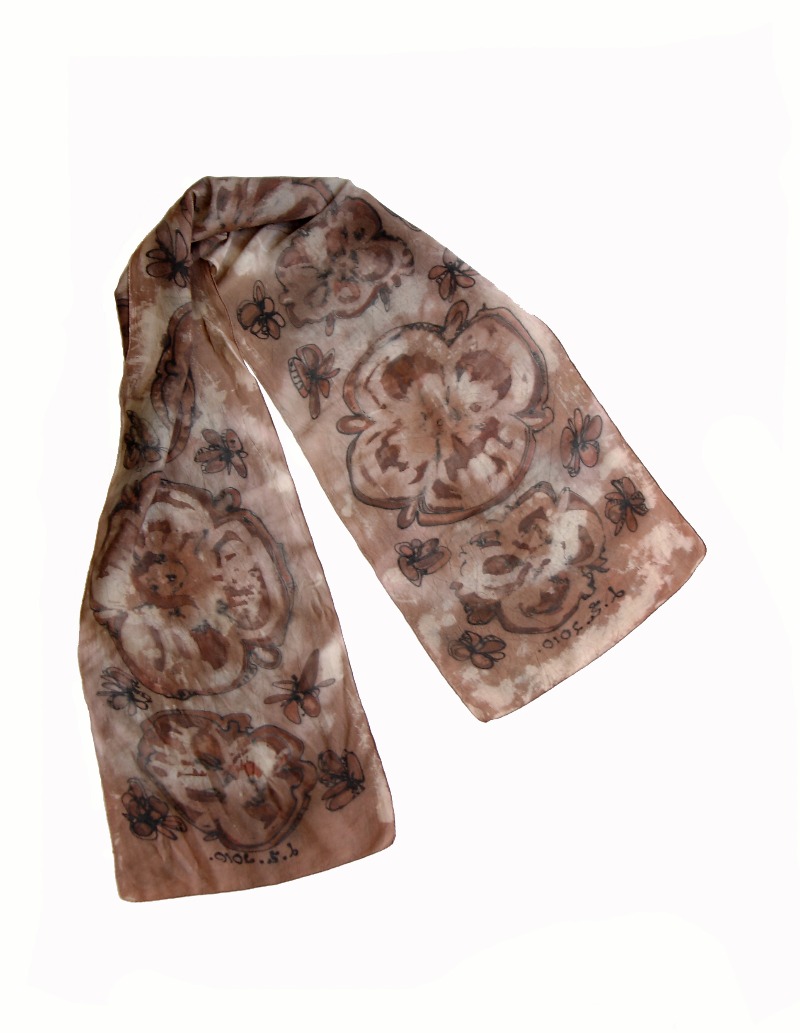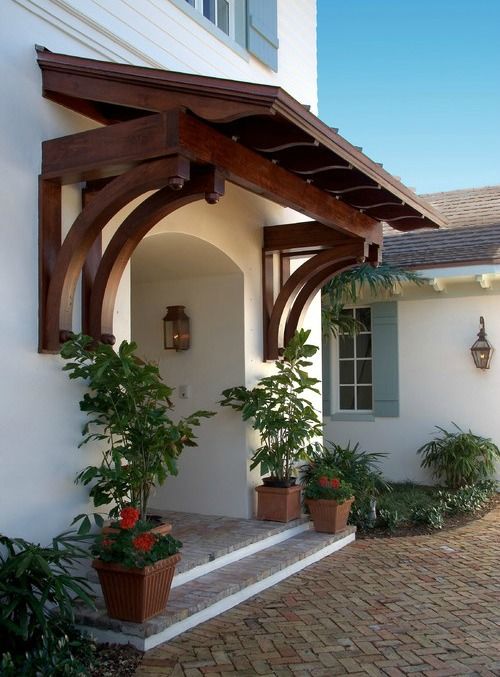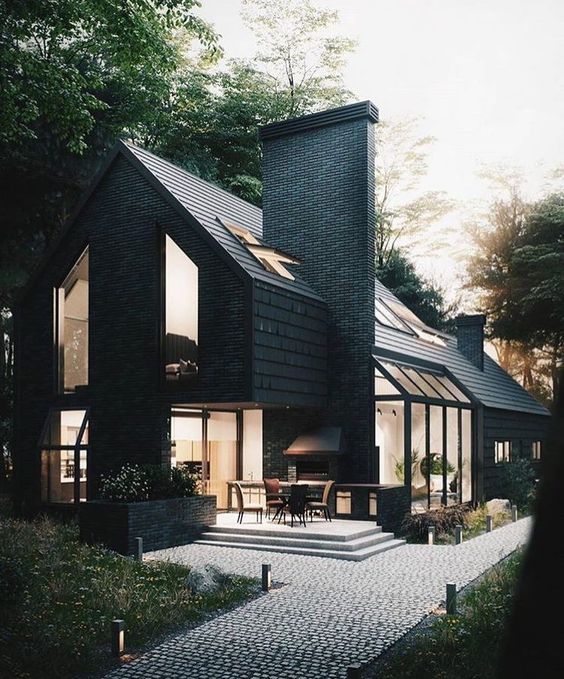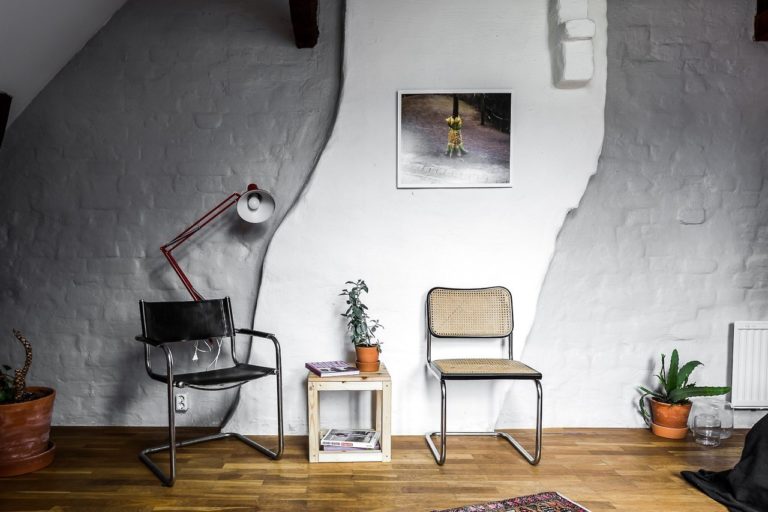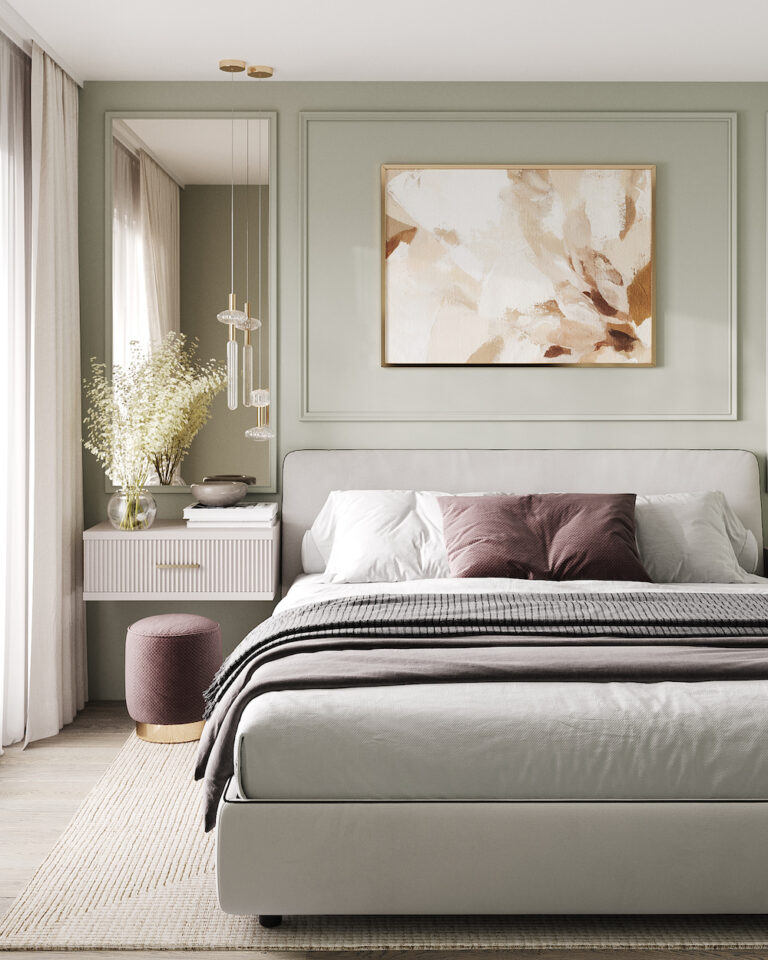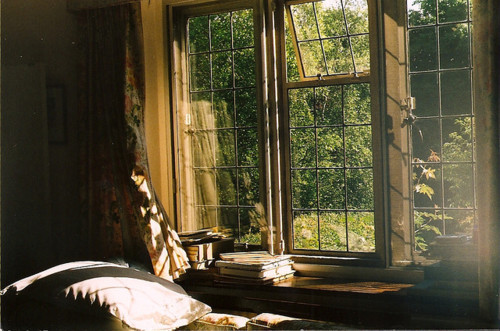The Art Of Batik: History, Traditions and Techniques
All ancient arts and crafts evoke very complex feelings inside me: it is a mixture of delight, admiration and tremulous veneration. Batik is one of them, as this technique of dying fabric appeared several thousands years ago. Not only this fact, but also its natural beauty, high artistic value and alluring imperfection of lines always fascinated and inspired me. That was the reason I decided to dedicate this article to explore this beautiful and exciting art.
What is batik?
Initially the word “batik” stood for textile hand painted by means of hot wax. Today batik has a wider meaning and is used for different methods of dying fabric, but all of them are united by the principle of using various substances (paraffin is among them) as a resist which prevent colorants from penetrating into the fibre and thus form a pattern.

The history of Batik
There are many evidences that batik existed since ancient times in China, Peru, Japan, Sri Lanka and African countries.
The oldest batiks were discovered in Egypt and they date back to the V century BC. Another ancient batiks which were found belong Japan but it is considered that they were created by Chinese artists who immigrated to this country from their motherland.
One way or another, but the history of batik is firmly linked to China, because that’s from where batik started to spread around the world. Silk fabrics dyed using this technique were exported from China to the Mediterranean sea, that’s why this trade road has been called the Great Silk Route.
It is believed that one of the first who started to use this technique were artisans from the island of Java. Very fast batik here has transformed from craft into art, and some of the local artists became famous all over the world: Yodzhakarta, Solo, Indramayu, Garut…
Since Batik is very time consuming and hard to make, initially it was the privilege of aristocrats to wear it. The secrets of various techniques were passed from generation to generation and were kept within one family of artisans.
Java was lying on the trade route, which was the reason that Chinese and Arab merchants frequently visited it. To satisfy the tastes of overseas buyers artisans started to use bright colours and such motifs as birds and flowers. Islam which was brought to the country by traders influenced greatly the art of batik: Muslims are not allowed to depict humans and animals, that’s why the patterns became more stylised and used various oriental ornaments and Arabic calligraphy.
The interest in batik in Europe emerged after the Governor of Java has published his book about the history of this art. In 1835, the first batik factory was opened in the Dutch city of Leiden. The Europeans have improved the technology and started the mass production of batik . Wax began to be applied by printing stamps, which significantly reduced the cost of production and allowed to get very complicated patterns.
Batik techniques
There are several techniques of producing batik: hot batik, cold batik and free painting.
Hot batik consists in the application of melted wax using a special instrument called tjanting. The process reminds drawing with pencil and it is a very labor and time-consuming method.
In cold batik technique using a special transparent reserving composition, which is a thick mass of rubber origin.
A cold reserve is put a glass tube with a reservoir.
Free painting involves priming the cloth with saline, which limits the fluidity of paint on fabric.
Art of batik by Lusine Naghdalyan
Batik in the Caucasus is very popular and loved. It has been brought here several centuries ago by merchants traveling from China to Europe and got here new development. Local artisans started to depict on it their traditional ornaments and patterns.
At L’Essenziale we always look for products, which are unique and original, that’s why I was so excited to discover batik works of Lusine Naghdalyan, prominent Armenian artist. I already wrote about beautiful ceramics which she makes together with her husband Armen Stepanian, but her batiks deserve a special attention. All of them are hand painted and each scarf is unique as she never creates two scarves with identical designs.
In her works she combines old and new, giving authentic Armenian designs a modern twist. She is one of the persons who wants through art to preserve and revive traditions of her country. This scarf, for example, is decorated with traditional Armenian ornaments which are layered in rows where ever new tier is different from the previous:
Her batiks are not only beautiful accessories, but also original artworks telling observer a story… This original scarf depicts Armenian musicians playing on folk music instruments:
The theme of love is very important in Lusine’s art. Her pieces are often sensual but never vulgar or erotic. She just touches this delicate topic and her works are filled with tenderness and romance:
The beauty of women is another frequent motif in her art:
Lusine likes to experiment with dyes, often incorporating natural colorants into the dying process. That’s why all her scarves have very muted, elegant and soft color palette, never vibrant and bright. For example, this batik was dyed entirely with onion skins, where different concentration allowed to create various shades of brown:
Do you like batik? Looking forward to hearing your comments!

